UNDERSTANDING HEPATITIS: A GLOBAL CALL TO ACTION ON WORLD HEPATITIS DAY.
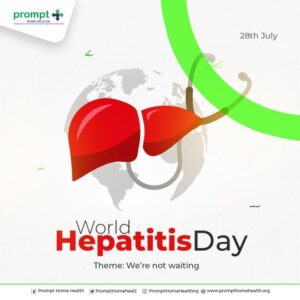
Every year on July 28th, World Hepatitis Day is observed to raise awareness about viral hepatitis, promote prevention measures, and encourage access to testing and treatment. As a home health company, we recognize the importance of addressing this global health issue. In this article, we aim to shed light on hepatitis, its different forms, modes of transmission, and steps we can take to prevent and control its spread.
Understanding Hepatitis:
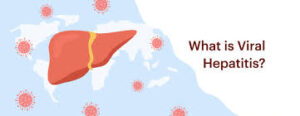
Hepatitis refers to the inflammation of the liver, which can be caused by various factors such as viruses, alcohol abuse, toxins, and autoimmune diseases. However, viral hepatitis is of particular concern as it affects millions of people worldwide and poses a significant public health burden. There are five main types of viral hepatitis: A, B, C, D, and E. Each type has distinct characteristics and modes of transmission.
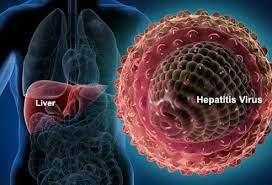
Modes of Transmission
1. Hepatitis A (HAV): Primarily spreads through the consumption of contaminated food or water, or by close contact with an infected individual. It is commonly associated with poor sanitation and inadequate hygiene practices.
2. Hepatitis B (HBV): Transmitted through infected blood, unprotected sexual intercourse, sharing of contaminated needles, or from an infected mother to her baby during childbirth. It can also be transmitted through close contact with an infected person’s body fluids.
3. Hepatitis C (HCV): Mainly transmitted through contact with infected blood. This can occur through sharing needles, accidental needle-stick injuries in healthcare settings, or, less commonly, through sexual contact.
4. Hepatitis D (HDV): This type of hepatitis only affects individuals who are already infected with HBV. HDV is transmitted through contact with infected blood or sexual intercourse.
5. Hepatitis E (HEV): Primarily transmitted through the consumption of contaminated water or food, particularly in areas with poor sanitation practices. It can also be transmitted through transfusion of infected blood products.
Prevention and Control:
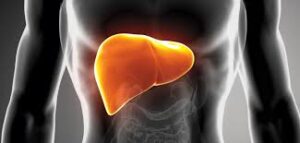
Prevention plays a vital role in combating viral hepatitis. Here are some key preventive measures individuals can take:
1. Vaccination: Vaccines are available for hepatitis A and B. It is crucial to ensure that you and your loved ones receive the recommended vaccines to protect against these viruses.
2. Safe Practices: Practice good hygiene, such as regular handwashing with soap and clean water, especially before handling food and after using the restroom. Avoid consuming contaminated food or water, and maintain safe sexual practices.
3. Needle Safety: Refrain from sharing needles or other drug paraphernalia. If you are a healthcare worker, follow strict infection control practices to prevent accidental needle-stick injuries.
4. Screening and Testing: Regular screening and testing for hepatitis can help identify infections early on and facilitate timely treatment. Seek medical advice if you suspect exposure or show symptoms related to hepatitis.
5. Treatment and Support: If diagnosed with viral hepatitis, consult healthcare professionals who can provide appropriate treatment options, guidance, and support. Treatment for hepatitis B and C has advanced significantly in recent years, improving the chances of successful management and even cure.
CONCLUSION:
On World Hepatitis Day, let us join hands to raise awareness about hepatitis and work towards its prevention, early detection, and treatment. By educating ourselves, supporting those affected, and advocating for improved healthcare services, we can contribute to a world free from the burden of viral hepatitis. Remember, together we can make a difference.

To learn more, please click here: http://www.prompthomehealth.org


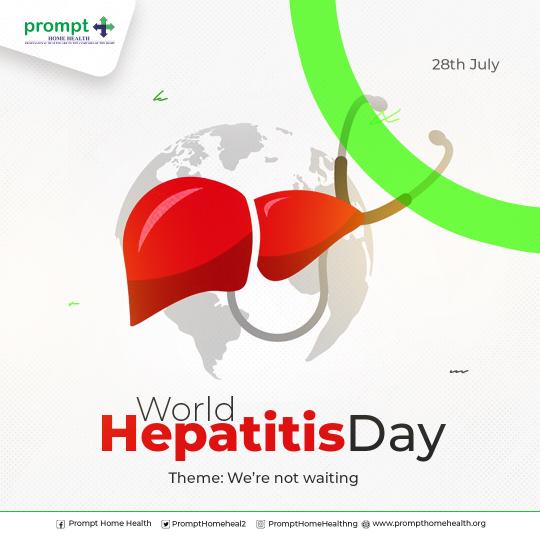










Leave a Reply